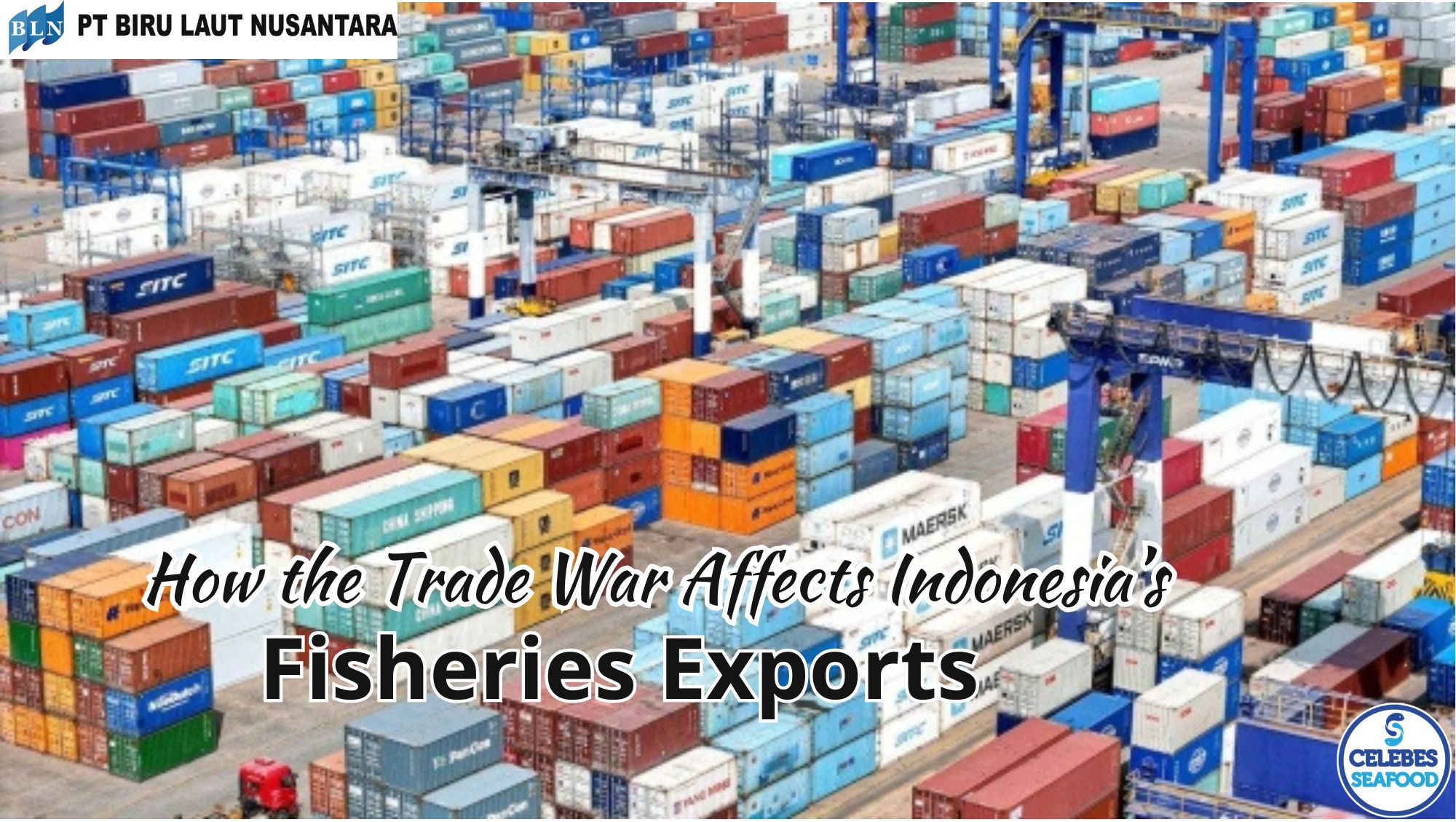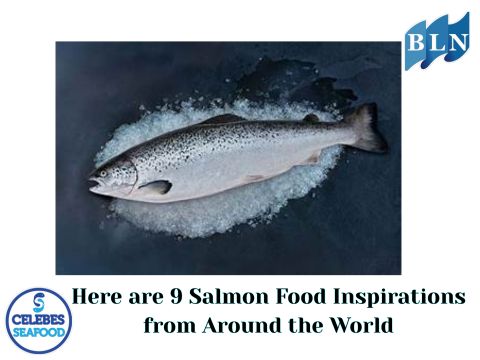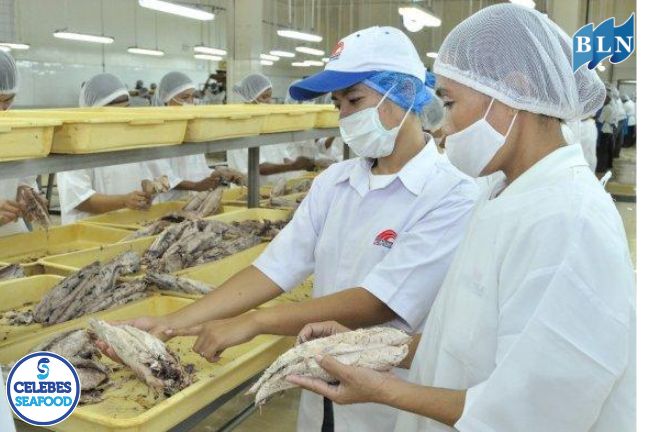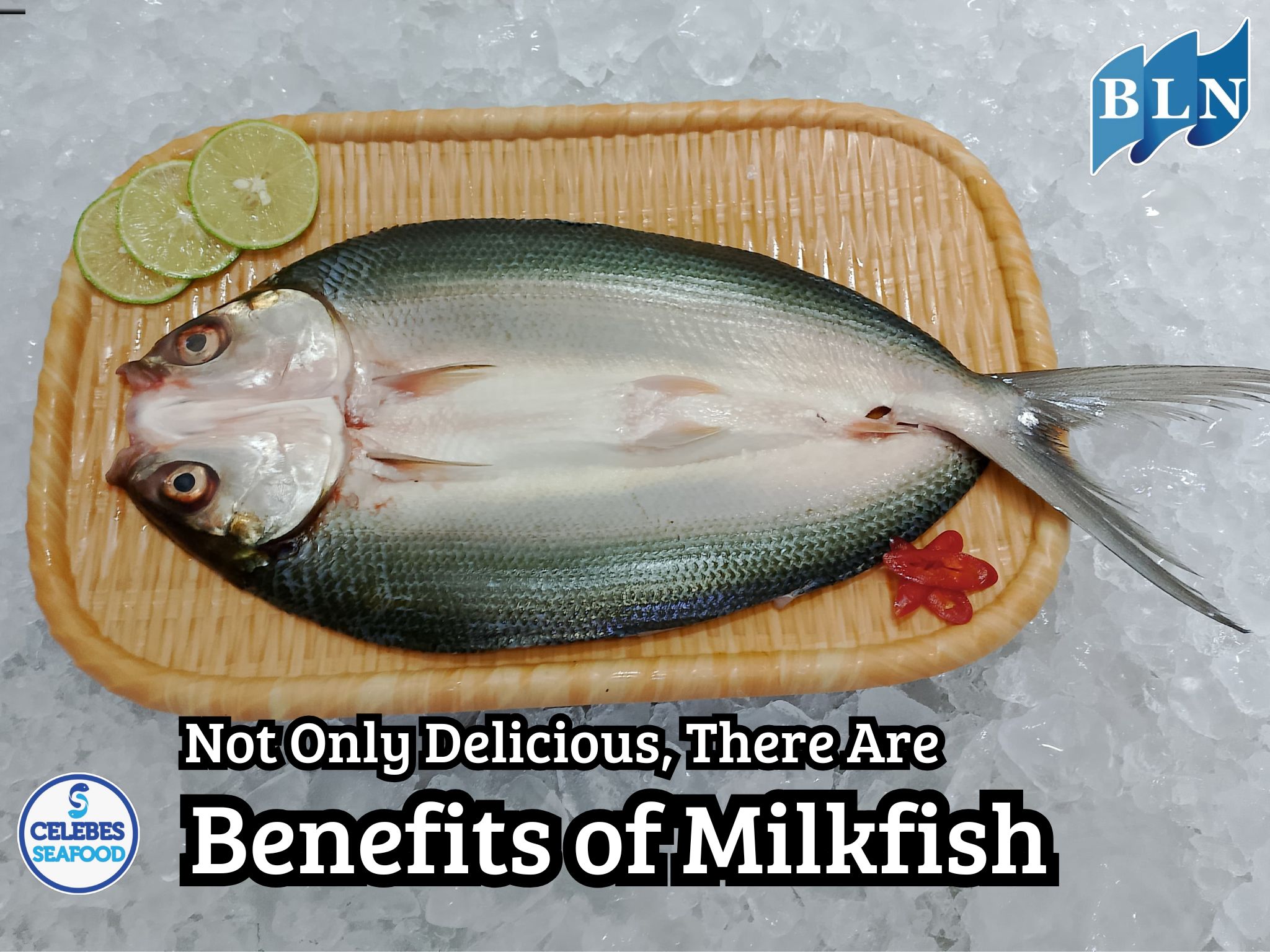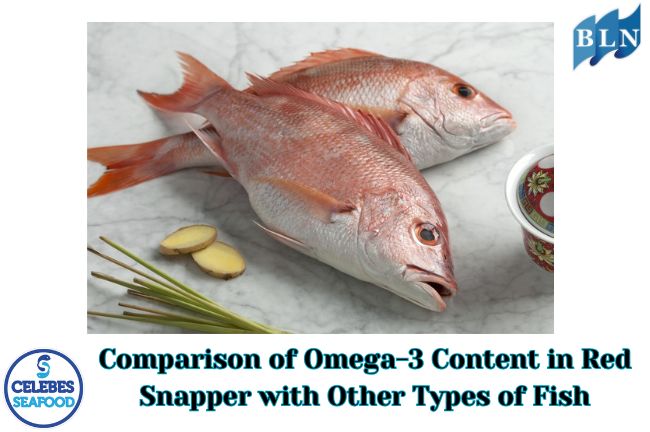Application of Fuzzy Time Series in Fishery Factory
By. Tri - 10 Apr 2025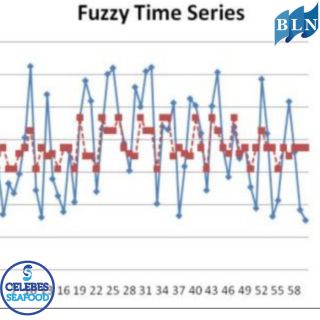
lautnusantara.com_ The fisheries industry plays an important role in the economy, especially in a maritime country like Indonesia. However, production fluctuations due to various factors such as weather, fishing seasons, and market demand often pose challenges in planning and decision-making in fish processing plants. Accurate production forecasting is crucial to optimize the supply chain, manage inventory, and minimize the risk of losses.
Traditional forecasting methods often struggle to handle time series data that is non-linear and contains uncertainty. This is why a more flexible approach that can accommodate uncertainty, such as Fuzzy Time Series (FTS), is becoming increasingly relevant for application in fisheries factories.
Understanding Fuzzy Time Series
Fuzzy Time Series is a forecasting method that combines the concept of fuzzy logic with time series analysis. Fuzzy logic allows the representation and manipulation of uncertain or ambiguous linguistic concepts, such as "high production," "moderate demand," or "bad weather." In FTS, historical time series data is transformed into fuzzy sets, which are then used to build fuzzy relations between time periods. These fuzzy relations are then used to predict future values.
Advantages of Fuzzy Time Series in the Context of Fisheries Factories
The application of FTS offers several significant advantages for fisheries factories:
1. Overcoming Uncertainty: Fisheries production is greatly influenced by factors that are difficult to predict with certainty, such as weather conditions at sea, fish migration, and changes in fisheries regulations. FTS is able to model this uncertainty through the use of fuzzy sets, resulting in forecasts that are more robust to data variations.
2. Utilizing Qualitative Information: In addition to historical quantitative data, FTS can also integrate relevant qualitative information, such as weather forecasts from BMKG, fishing season information from fishermen, or market demand trends based on experience. This qualitative information can be represented as fuzzy sets and incorporated into the forecasting model.
3. Flexibility in Modeling: FTS does not require strict assumptions about linearity or stationarity of data, which are often violated by fisheries production data. This method allows modeling more complex and non-linear relationships between time variables.
4. Easier Interpretation: FTS forecast results can often be interpreted in a linguistic form that is easier for decision makers to understand, such as "production is expected to increase slightly" or "market demand is likely to be stable."
Implementation of Fuzzy Time Series in Fishery Factory
The implementation of FTS in a fishery factory involves several stages:
1. Data Collection: Collecting relevant historical time series data, such as daily or monthly production data of various types of fish, market demand data, weather data, and data on other factors affecting production.
2. Data Fuzzification: Converting numeric data into fuzzy sets based on appropriate membership functions. For example, production data can be fuzzified into categories of "low," "medium," and "high" based on specified boundaries and membership functions.
3. Fuzzy Relation Formation: Analyzing the relationships between fuzzy sets at different time periods to identify patterns and build fuzzy rules.
4. Forecast Result Defuzzification: Converting the forecast results back in the form of fuzzy sets into numeric values that can be used for decision making.
5. Model Evaluation: Testing the accuracy of the forecast model using historical data that was not used in model formation. Some commonly used evaluation metrics are Mean Absolute Error (MAE), Mean Squared Error (MSE), and Root Mean Squared Error (RMSE).
Example Application in Fishery Factory
A tuna processing factory can use FTS to forecast canned tuna production based on historical production data, tuna fishing season data in a particular area, and weather forecasts in the fishing area. The results of this forecast can help the factory plan the amount of raw materials needed, production schedules, and marketing strategies.
Challenges and Development Opportunities
Although it offers many advantages, the implementation of FTS also has several challenges, such as determining the optimal membership function and the complexity of building models for data with many variables. However, with the development of computational techniques and machine learning algorithms, the opportunities for FTS development are increasingly wide open. Integration of FTS with other forecasting methods or with artificial intelligence-based decision support systems can produce more comprehensive and accurate forecasting solutions for the fisheries industry. If you are interested in our product SLIPPER LOBSTER WHOLE ROUND, SLIPPER LOBSTER MEAT, Coral Trout Fillet Skin On,OCTOPUS WHOLE CLEANED FLOWER TYPE please do not hesitate to contact us through email and/or whatsapp.
